Implementing Bluestar PLM
Implementing a new PLM system is a complex and resource-intense project, that requires commitment from all sides; and we know that. Hence, we used our technical experience to establish a multi-phase project implementation structure, covering the whole customer journey from the early sales processes through the adjustment and deployment of the solution to the post PLM implementation IT support and service.
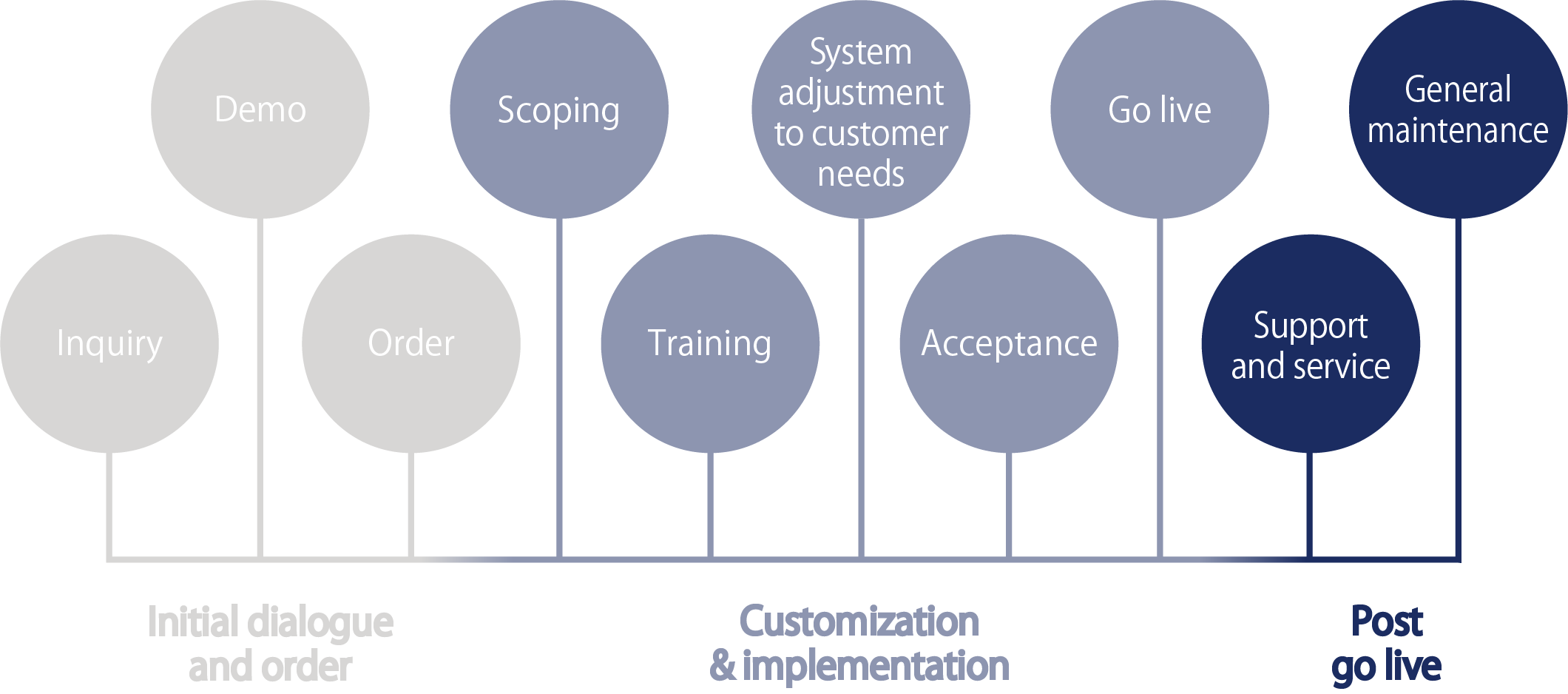
The implementation is a structured process that ensures seamless integration and functionality of the PLM system within an organization’s existing operations. This process is broadly divided into two main phases: the activities before Go Live and the steps taken after Go Live.
Before Go Live
The implementation process starts with a hand-over to the project team, which includes assigning a Senior Project Manager. This manager plays a crucial role in guiding and overseeing the entire implementation process. The next step is scoping, where the customer and the project team collaboratively define the project’s scope, objectives, and requirements. This phase is essential for aligning expectations and setting clear goals. Following scoping, the test environment installation and setup are completed, after which a sign-off from the project team confirms the readiness for the next stages. This setup is critical for testing the PLM system under controlled conditions. Super user training is then conducted to ensure that selected users from the customer’s side become proficient in managing and using the PLM system. These super users are pivotal in facilitating the transition for the rest of the staff.
The implementation process continues with the test and approval of the test environment by the customer. This ensures that the system meets the predefined requirements and is ready for further testing and validation. Documentation of internal procedures is prepared by the customer, detailing how the PLM system integrates with existing processes and guidelines. This documentation is vital for standardizing operations and training. An acceptance test in the test environment is carried out to rigorously assess the system’s performance and functionality. Successful completion of this test is crucial for moving forward with the implementation. The production environment installation is then executed, involving both the customer and PDMt. This step transitions the system from a testing phase to a live operational state.Internal user training is conducted to ensure all relevant staff are educated on using the PLM system efficiently and effectively in their daily tasks.
Finally, an acceptance test in the production environment is performed to validate the system in its live operational setting, ensuring everything functions as intended.
After Go Live
Post Go Live, the focus shifts towards ensuring the PLM system’s stability and performance within the live operational environment.
A test migration in the test environment is first undertaken, allowing both the customer and project team to simulate data migration processes and identify any potential issues in a controlled setting. Following the test migration, a full migration in the test environment is conducted to move all necessary data and configurations into the system. This step ensures that all elements function correctly together.
Finally, a full migration in the production environment is carried out, transferring all operational data and settings into the live PLM system. This critical step marks the completion of the PLM system implementation, with ongoing support and adjustments made as necessary to ensure optimal performance and user satisfaction.
Throughout the process, close collaboration between the customer and PDMt is essential for addressing any challenges and ensuring a successful implementation of the Bluestar PLM system.
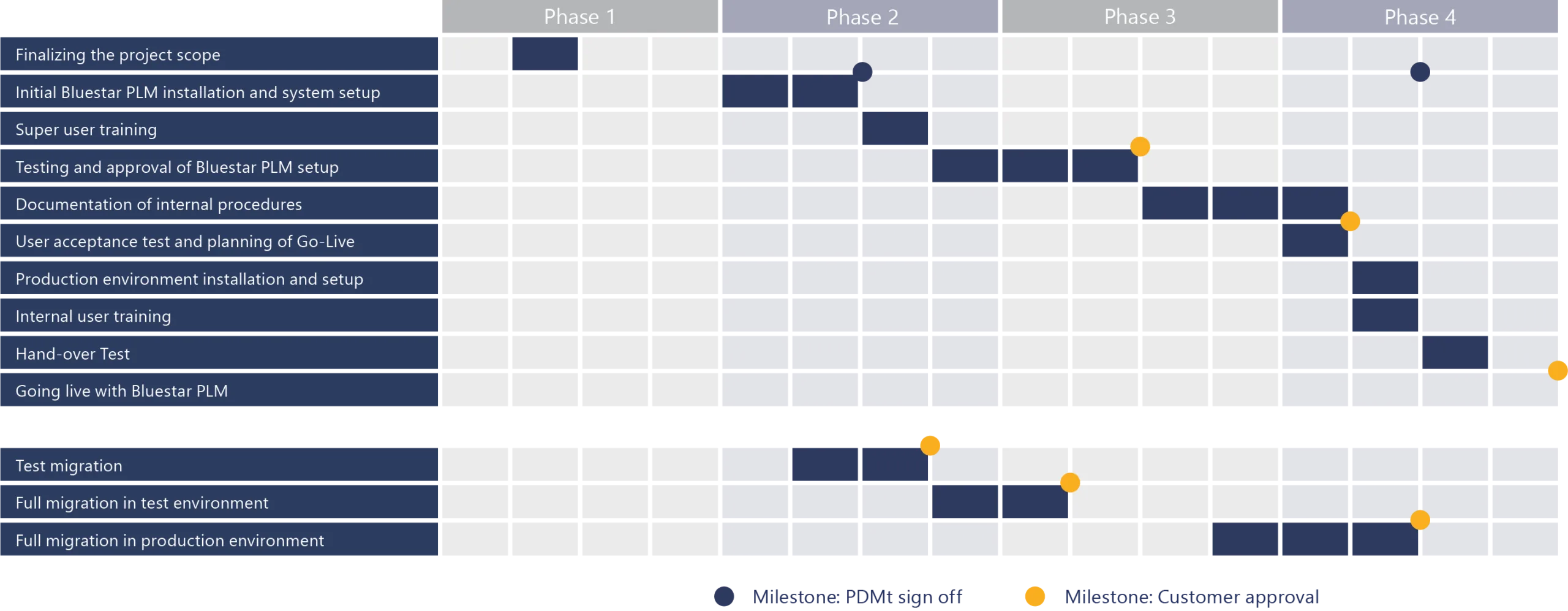
The time of each phase will vary according to existing systems and requested time for go-live. While we have accomplished Bluestar PLM implementation process in as little as 6 weeks, the average duration for a typical scenario is approximately 4 months.
What have our customers accomplished?
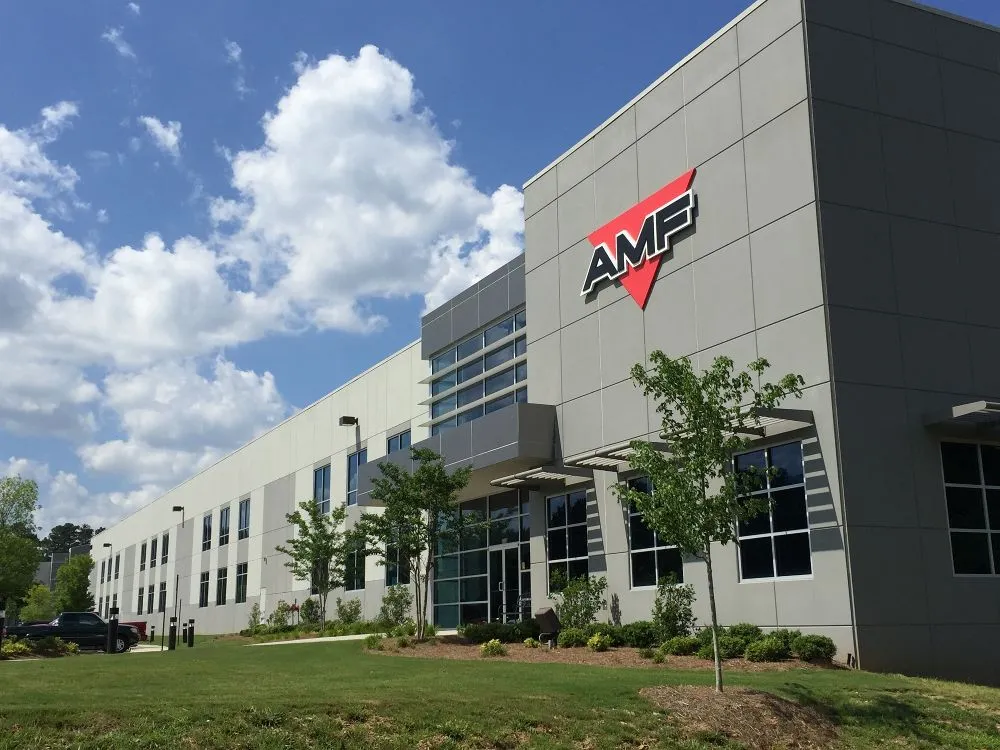
Automated Bakery Equipment Solutions
Automated Bakery Equipment Solutions (AMF) is a global leader in providing complete bakery systems, offering a diverse range of bakery machines from single units to comprehensive production lines…
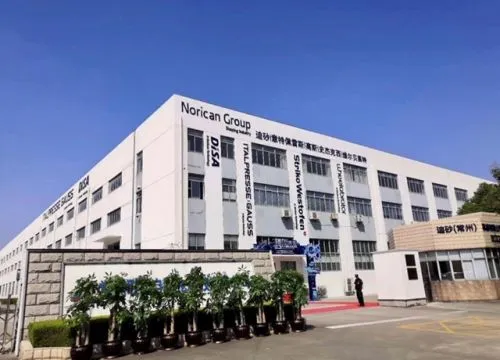
Norican Group
Norican Group was formed in September 2008 when moulding technology company Disa merged with Wheelabrator, a worldwide surface preparation technology provider…
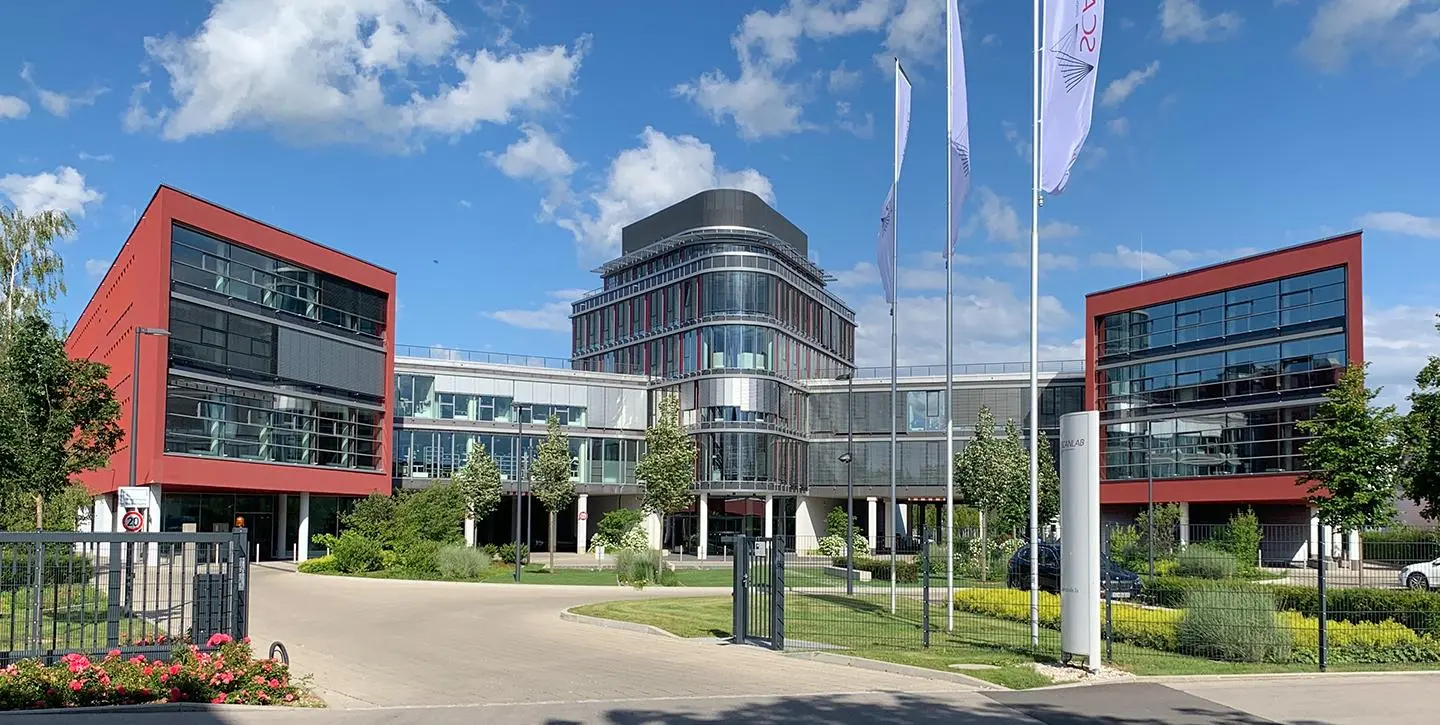
Scanlab
SCANLAB has grown to around 500 employees in just over three decades. Most of them are employed at the headquarters near Munich, however, they come from 36 different countries…
Tailored delivery for your organizational and project needs
Deployment of your chosen Bluestar PLM solution will happen at your pace, and our formular will be aligned with your organizational and project needs. We will typically send a small team to have your projects developed onsite in your offices and in close collaboration with your internal teams.
We are experienced with all types of organizational and project needs, and have deployed solutions within a time range spanning from one year and down to 6 weeks. It all depends on your case and the formular we agree upon.

